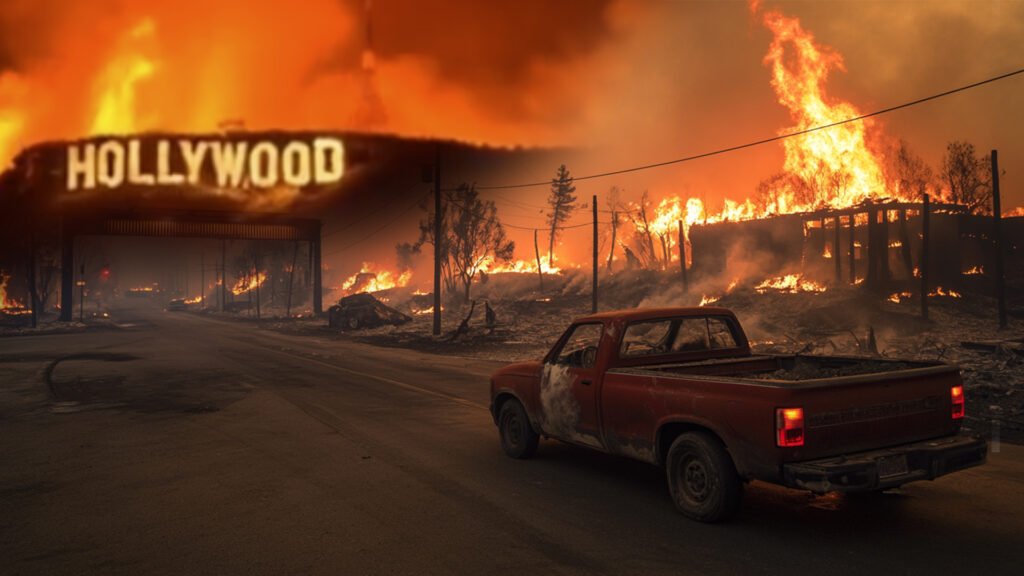
This tragic chapter has become synonymous with both devastation and resilience, “California Wildfires.” Flames roared across the state on January 12, 2025, with this harsh chapter and destruction and despair in their wake, but this was not just another wildfire; this event—a stark reminder of the urgent challenges we face—was different.
This article will discuss the unfolding tragedy, the human and environmental toll, and the steps needed to protect California’s future from the unrelenting threat of wildfires.
The California Wildfires of 2025: What Happened on January 12?

One of the most catastrophic wildfire outbreaks in recent history occurred in 2025. California What made the January 12 event was the scale of destruction and timing. These winter wildfires, usually associated with the dry summer months, caught many off guard. The wildfires were fueled by strong Santa Ana winds and record-breaking dryness and spread rapidly across Southern California and parts of Napa Valley and Sonoma County. In hours, entire neighborhoods were engulfed in flames, forcing thousands of families to evacuate. By the end of the week, the California wildfires had destroyed over 400,000 acres of land, leaving a scar on both the land and its people.
The Human Toll of the California Wildfires
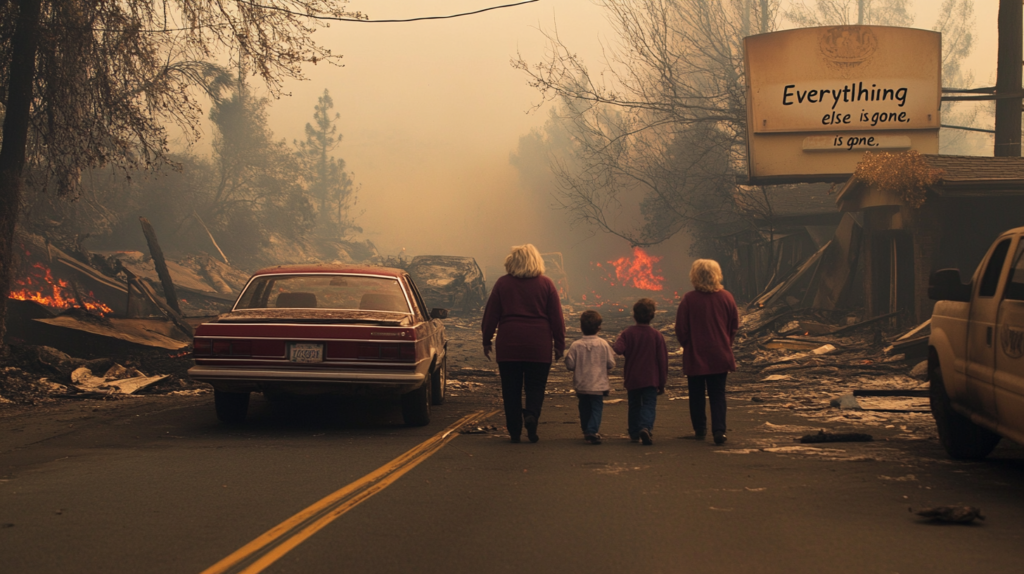
The 50 California people wildfires didn’t first just responders destroy their homes where they killed and shattered while lives. Trying The to tragedy save claimed others the in lives the of disaster.
For survivors, the trauma is deep. Many families lost their homes, treasured memories, and a sense of security. Escapes Shelters and were harrowing overflowing close with calls.
Take evacuees, Maria, each Gonzalez, with stories of a mother last from minute Napa Valley. She barely escaped with her two children, clutching only a family photo album as they fled. “Everything else is gone,” she said, her voice trembling. But we’re alive.
California’s Environment: A Land Transformed by Fire
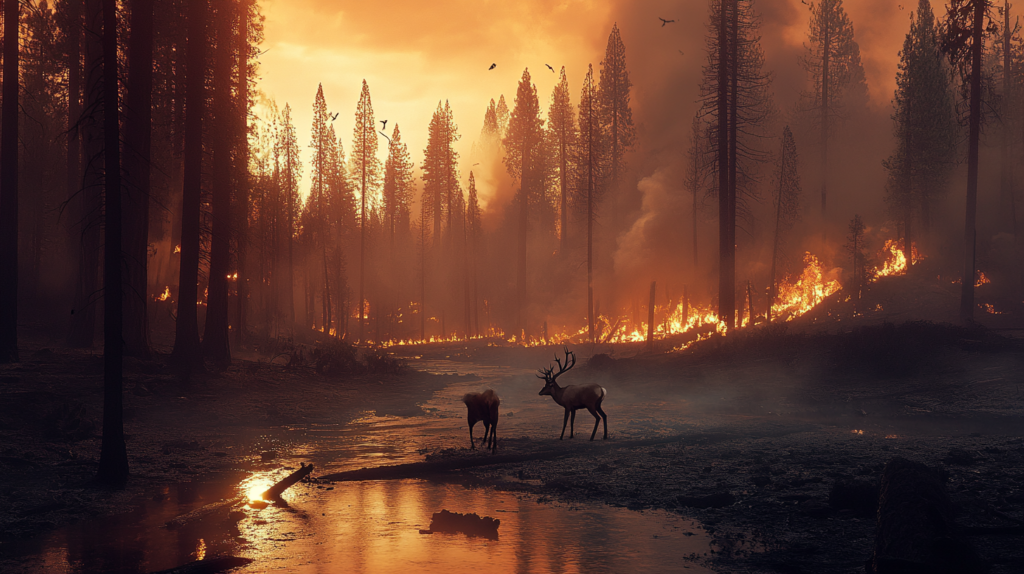
Not only did the California wildfires not care about human lives, but they destroyed their state’s rich ecosystems regardless of diversity. Centuries-old iconic redwood forests were incinerated. Wildlife habitats were destroyed, countless animals displaced, and fragile ecosystems disrupted.
The air quality plummeted as smoke from the wildfires hung in the skies, impacting millions of residents, whether or not they were near the flames. Ash and debris pollute rivers and streams, vital for wildlife and agriculture, and put water supplies at risk.
The long-term effects are equally harmful. Without vegetation to anchor the soil, erosion, and landslides are likely to occur in the months following these fires, adding to the damage done by these fires.
Stories of Resilience During the California Wildfires

In comes the together face to demonstrate devastation; the Californians unbreakable have human shown spirit.
Volunteers extraordinarily formed resilience. Supporting humans each chain other, communities evacuated had an animal shelter in Sonoma County, saving hundreds of pets. Firefighters worked around the clock, using cutting-edge technology like drones and satellite imagery to contain the blazes. Residents organized donation drives to gather food, water, and supplies for those affected.
These stories remind us that hope and humanity shine through even in the darkest times.
Why Were the California Wildfires So Devastating in 2025?
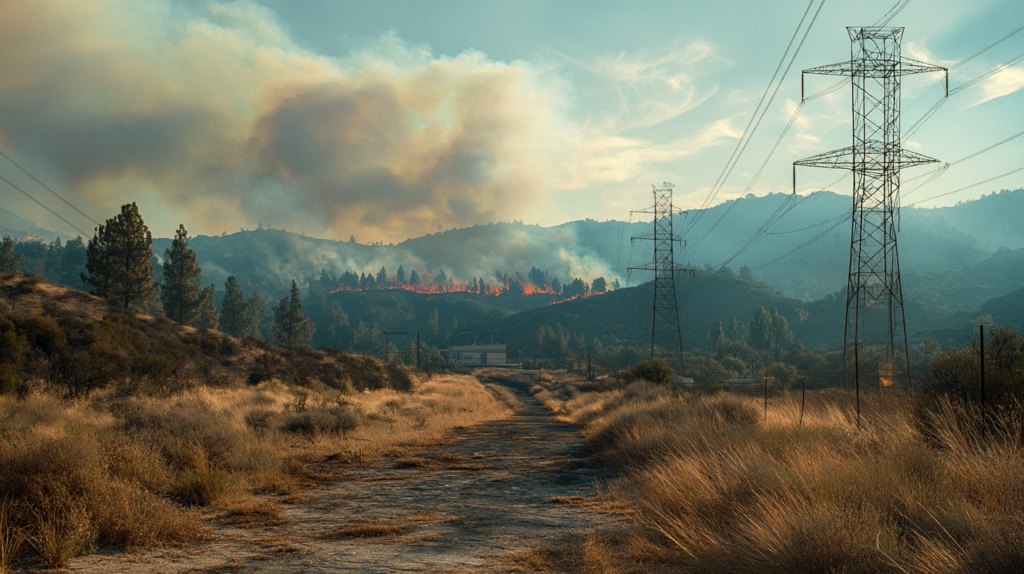
The California wildfires of January 2025 were the result of a perfect storm of factors, including Climate Change (Rising temperatures and prolonged droughts have created the ideal conditions for wildfires. California’s winters, once a time for much-needed rainfall, are now becoming drier and warmer.), Human Activity (Urban development in fire-prone areas has increased the risk of wildfires. Power lines, campfires, and other human activities are often the sparks that ignite these catastrophic events), and Insufficient Infrastructure (Despite ongoing efforts, California’s wildfire prevention systems remain underfunded and underprepared. Aging electrical grids and limited firebreaks made it harder to prevent and contain the 2025 wildfires).
Innovations in Fighting California Wildfires
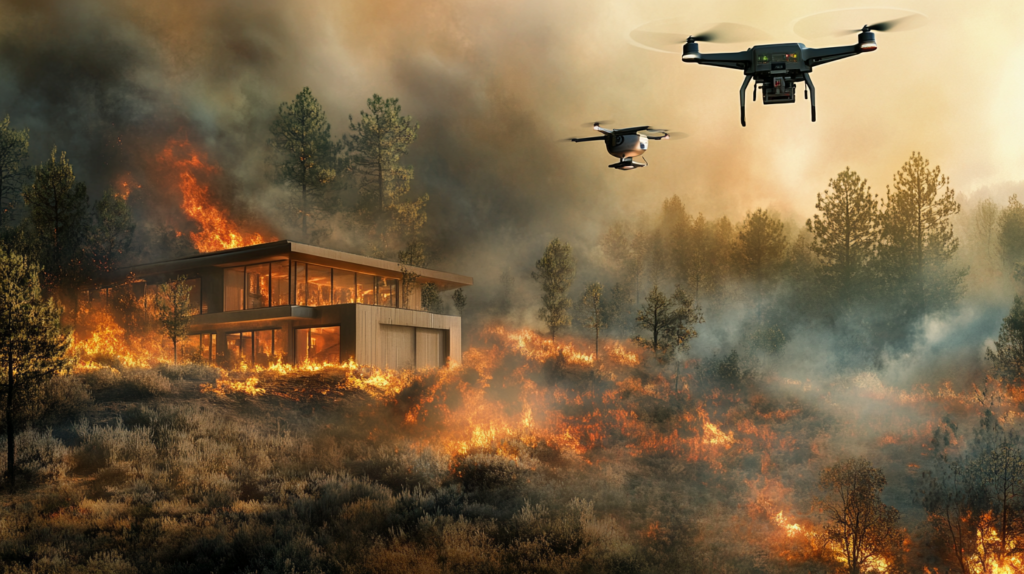
Technology is gradually being used as a powerful tool in the fight against wildfires. During the 2025 California wildfires, the following innovations have contributed most significantly to reducing further destruction:
Drones and Satellite Technology
Thermal imaging-equipped drones monitored the evolution of the fires. Satellites were useful for early identification, which gave time for evacuations and fire control efforts.
Fire Resistant Materials
More and more homes in high-risk areas are being constructed with fire-resistant materials, such as tempered glass and non-flammable roofing. These advancements have helped save several communities from being completely destroyed.
Controlled Burns
In controlled burns, experts clear the undergrowth that would otherwise act as fuel for the wildfires. This preventive measure is intended to lessen the impact of future fires.
Lessons Learned From the California Wildfires
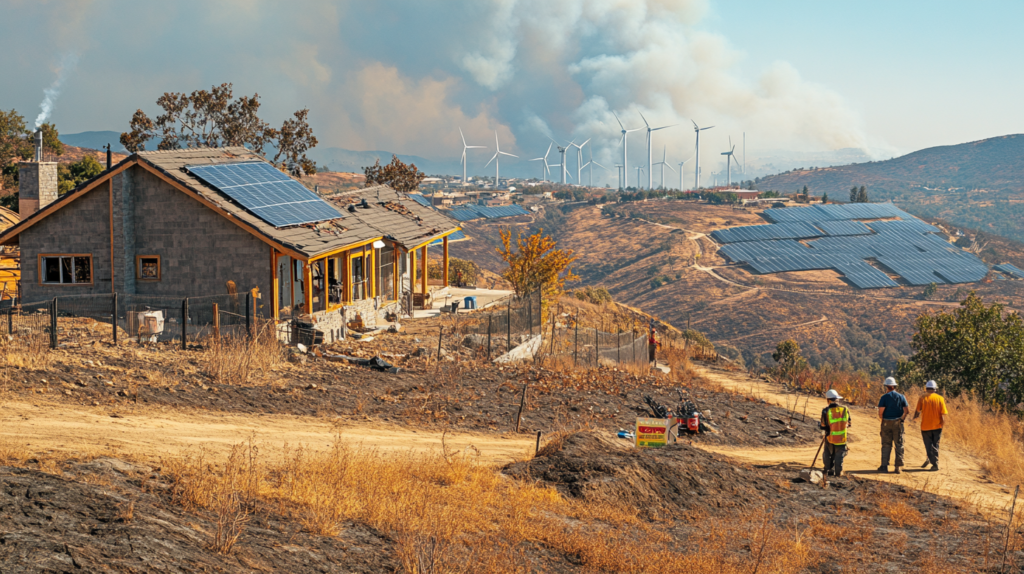
The wildfires of January 2025 were a painful reminder of the importance of preparedness. Here are the key lessons learned: Educating the public: The public and residents must understand how to prepare for wildfires, from creating defensible spaces around their homes to investing in evacuation wildfire routes. Prevention and Policy improvement changes. California must enforce stricter building codes in fire-prone areas and infrastructure. The connection between climate change and wildfires is undeniable, and addressing this global issue requires collective action — from reducing emissions to embracing renewable energy sources.
What You Can Do to Help
The California wildfires are a call to action for all of us. Here’s how you can make a difference:
- Support Relief Efforts: Donate to organizations assisting wildfire victims and rebuilding efforts.
- Reduce Your Carbon Footprint: Small changes, like conserving energy and reducing waste, contribute to a healthier planet.
- Stay Informed: Learn about wildfire safety and share knowledge with your community.
Conclusion

On January 12, 2025, the California wildfires were a great example of what nature can and does, and say that humans have no spirit. Matter how When much much-arrayed destruction occurs, them, that there California is spirit always comes hope.
As through, we rebuild, we should recall what we have learned and resolve to create a better stronger future. The fight against wildfires is not just about defending houses and trees; it’s about defending people’s lives and their legacies.
Will you join the battle to protect California? We need to act now.
Latest developments in California wildfires
- CAL FIRE – Incidents: The California Department of Forestry and Fire Protection offers real-time updates on active wildfires, including locations, containment status, and evacuation orders.
- InciWeb – Incident Information System: Managed by the U.S. Forest Service, InciWeb provides comprehensive details on wildfires across the United States, including California, featuring maps, updates, and resources.
- National Interagency Fire Center – Fire Information: This center offers national fire news, including significant wildfire incidents in California, along with resources on fire prevention and safety.
- Fire, Weather & Avalanche Center – Wildfire Map: An interactive map displaying current wildfire locations, sizes, and containment statuses across California, along with weather conditions affecting fire behavior.
- ALERTCalifornia: Provides real-time monitoring and data on California wildfires, including live camera feeds and situational awareness tools.
- California Fire Safe Council – Current Wildfires: Offers information on active wildfires and resources for wildfire preparedness and safety.
Read More – The Odd History of Vending Machines: From Holy Water to Live Crabs










